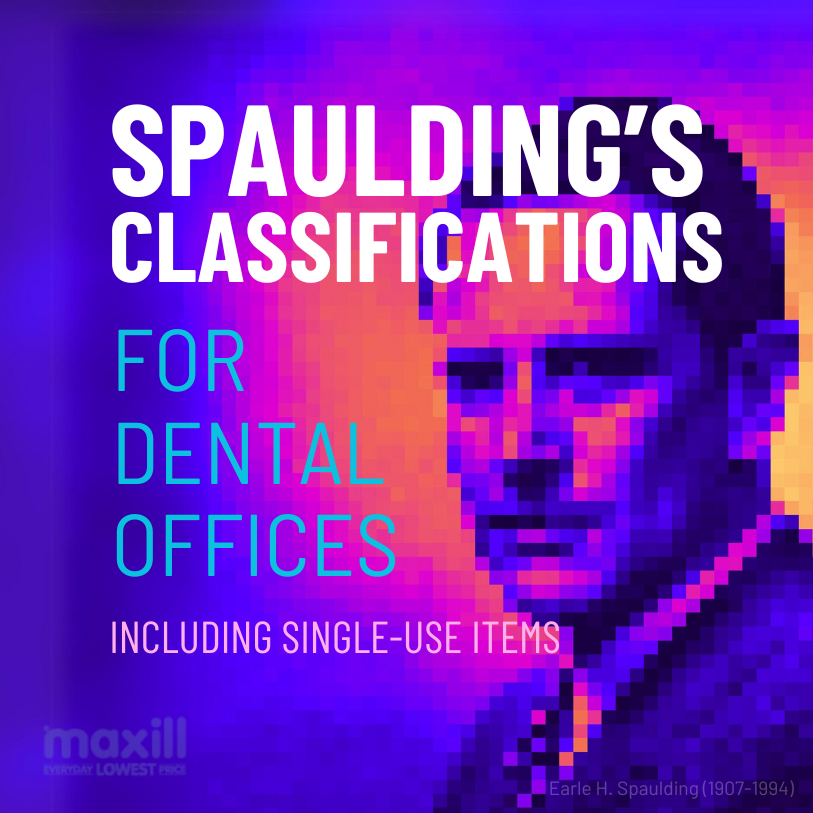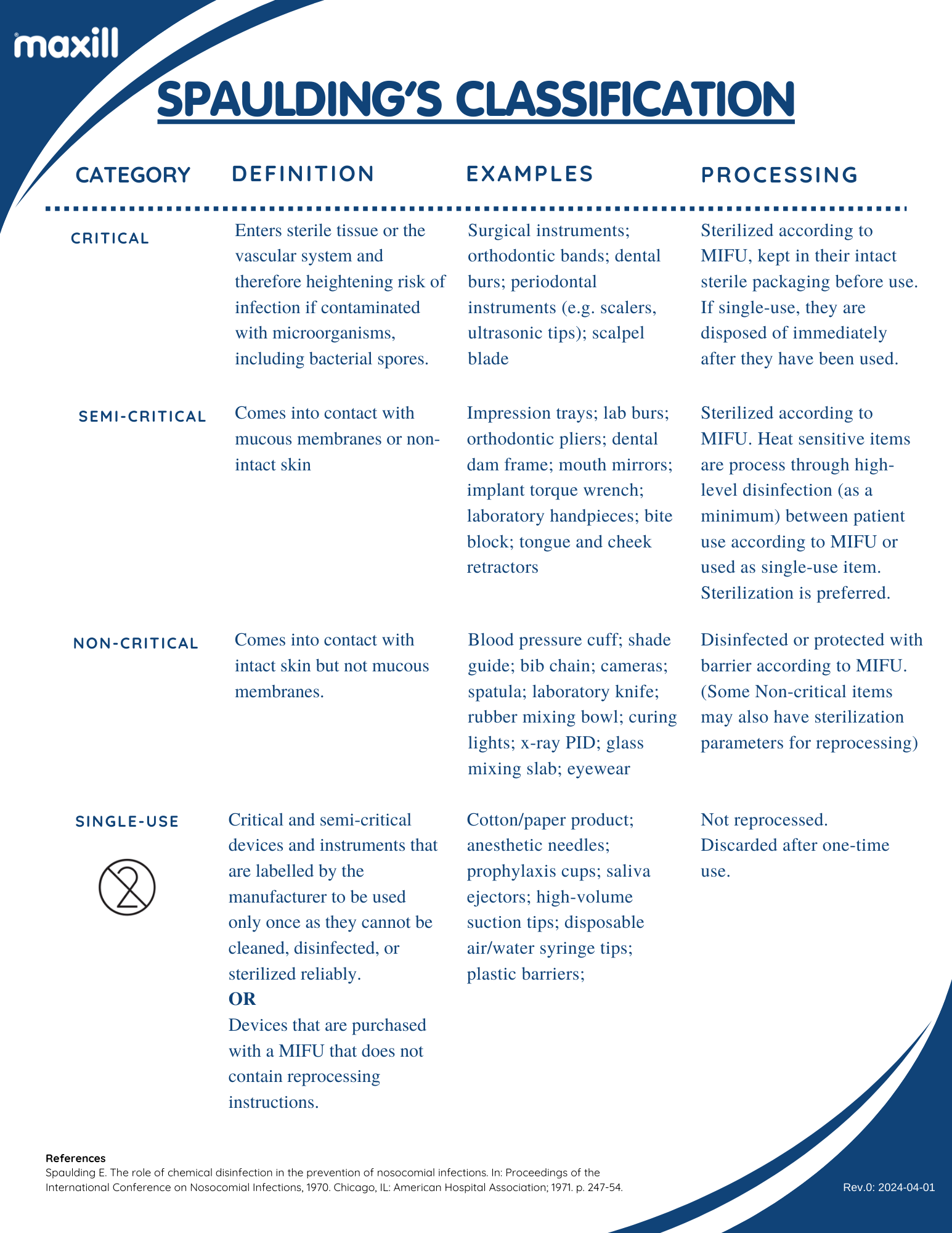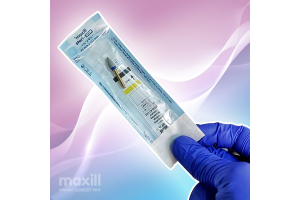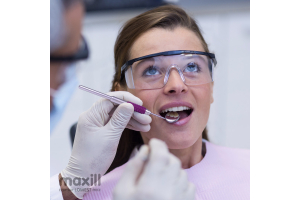Spaulding’s Classifications for Dental Offices Including Single-use Items

Spaulding’s classifications are a system used to categorize medical devices and equipment based on the risk of infection associated with their use. This system was created by Dr. Earle H. Spaulding in the mid-20th century and has since become a standard in healthcare settings, including dental offices. There are three main classifications in the Spaulding system: critical, semi-critical, and non-critical.
Critical items are those that come into contact with sterile tissue or the vascular system, posing the highest risk of infection if contaminated. In a dental office, critical items may include surgical instruments like scalpels and forceps. These items must be sterilized after each use to eliminate any potential pathogens.
Semi-critical items are those that come into contact with mucous membranes or non-intact skin but do not penetrate sterile tissue. Examples in a dental office could be mouth mirrors, reusable dental impression trays, cheek retractors, and orthodontic pliers, to state a few. These items should undergo high-level disinfection between uses to reduce the risk of infection.
Non-critical items are those that come into contact with intact skin but not mucous membranes. Examples in a dental office might include x-ray head, patient headrest, light handles, or blood pressure cuffs. These items typically require low-level disinfection or cleaning with an intermediate-level disinfectant.
Single-use items play a crucial role in maintaining infection control and preventing cross-contamination in dental settings. These disposable items are designed for one-time use in a single patient and are then discarded, eliminating the risk of transmitting infectious agents between patients. Common examples of single-use items in dental offices include disposable gloves, masks, syringe tips, and bibs. Properly identifying and segregating single-use items in the healthcare environment is essential to ensure effective infection prevention practices and maintain a safe and hygienic clinical setting.
By following Spaulding’s classifications, dental offices can ensure that proper protocols are followed for cleaning, disinfecting, and sterilizing equipment, ultimately helping to maintain a safe and hygienic environment for both patients and staff.








